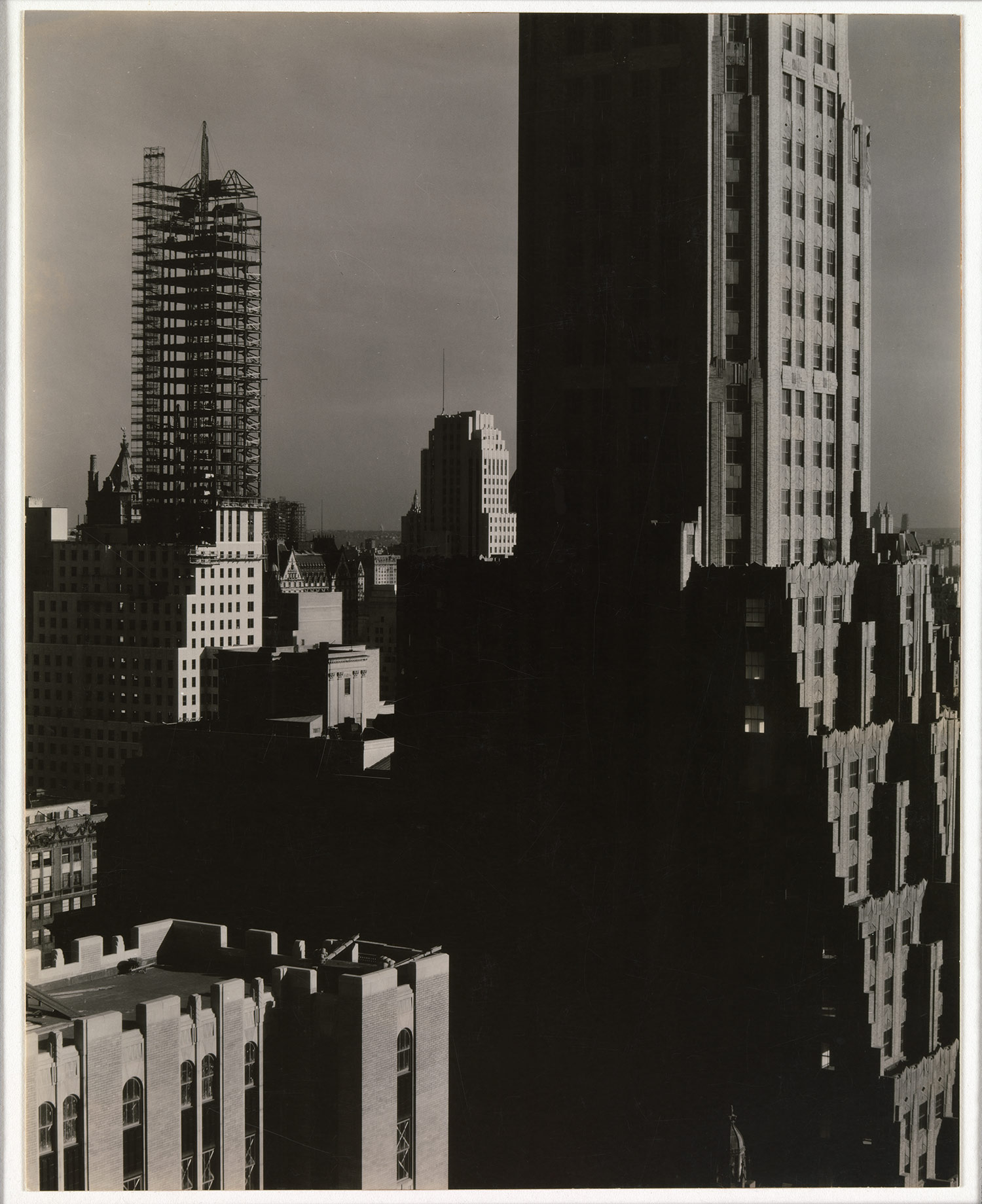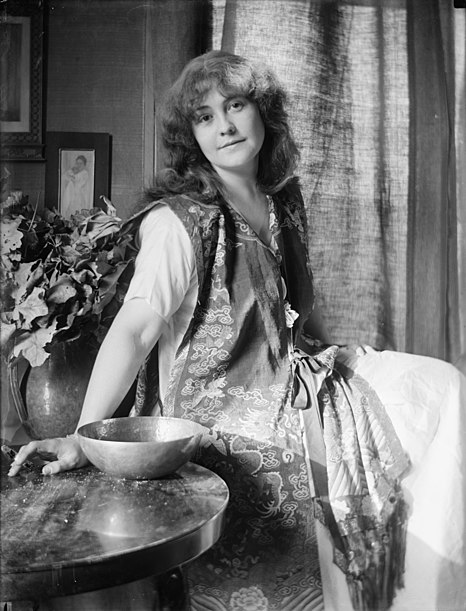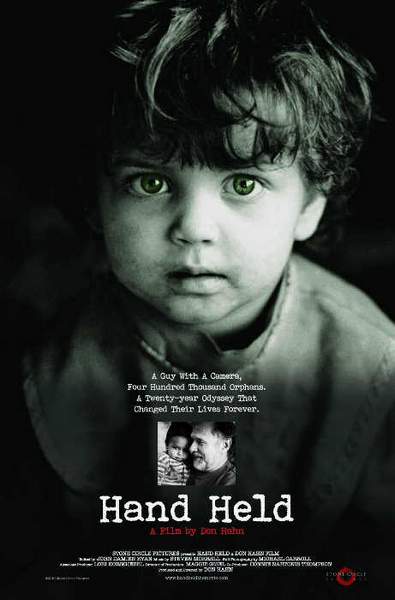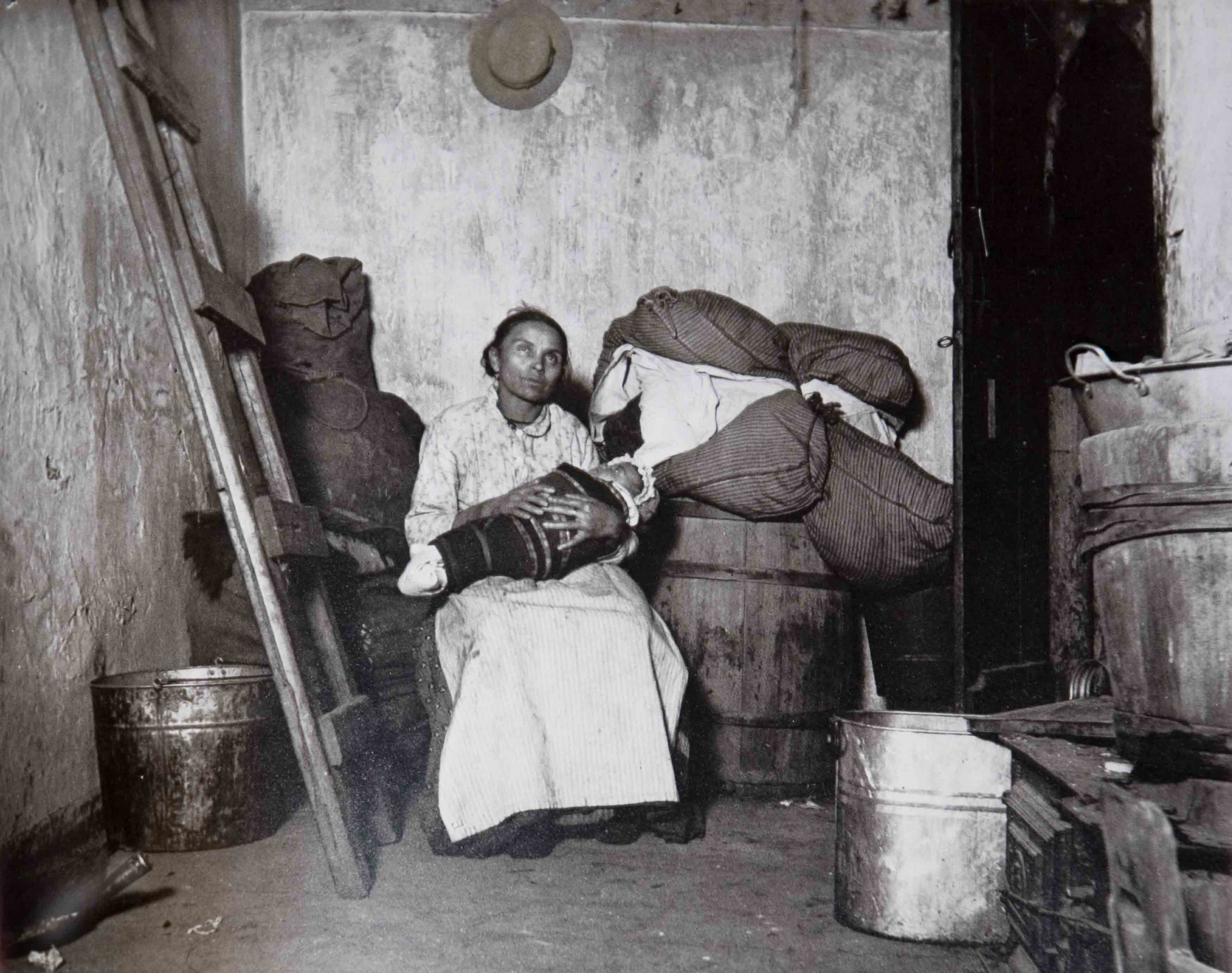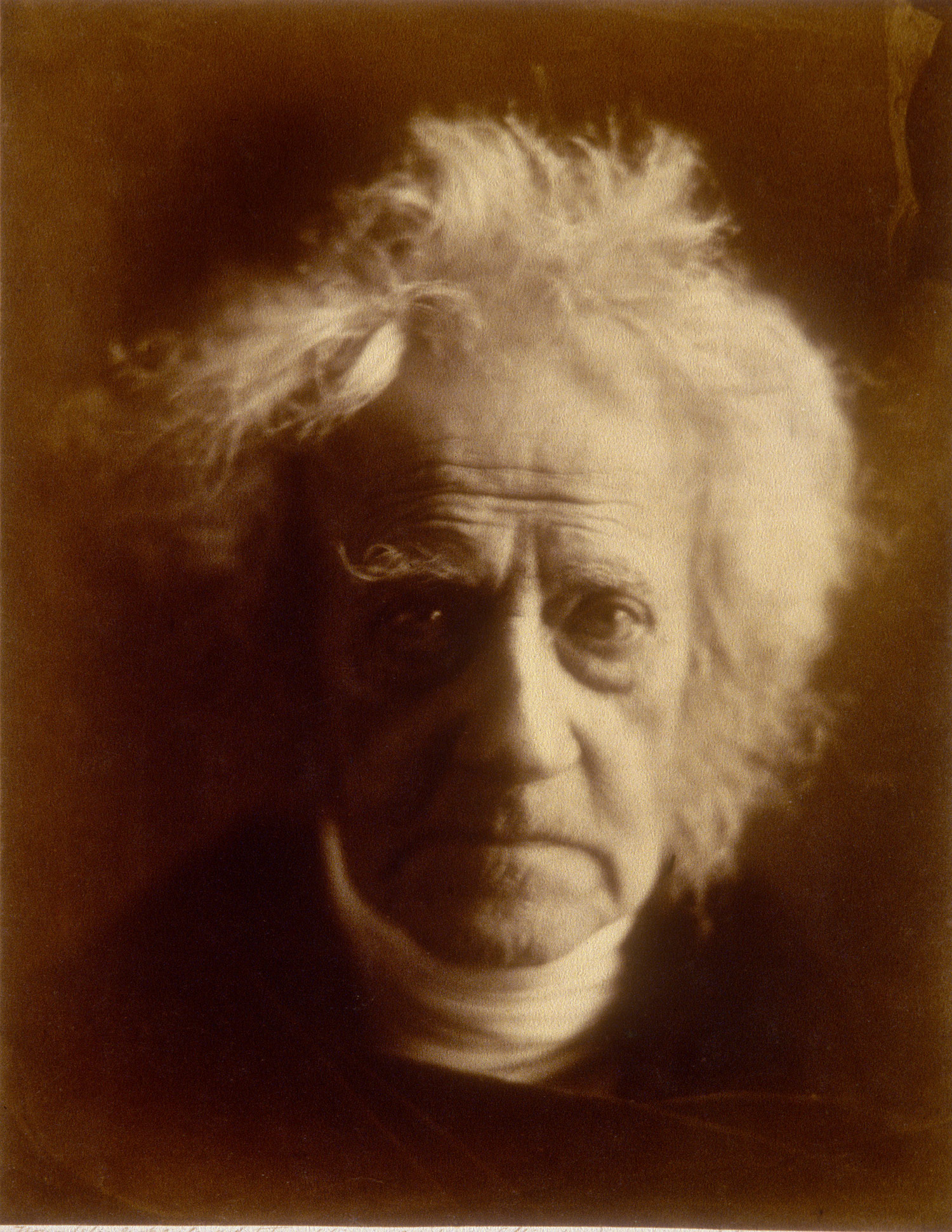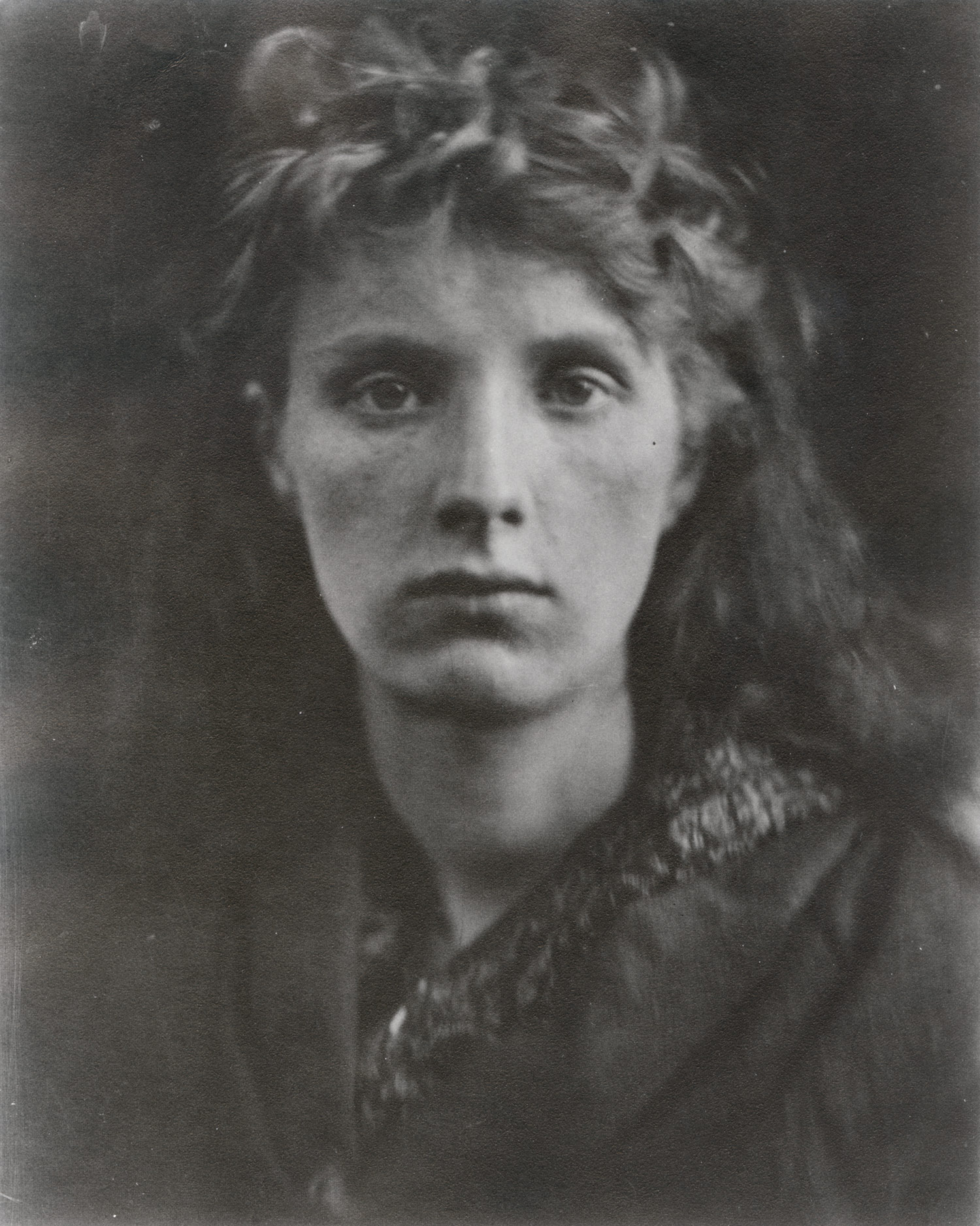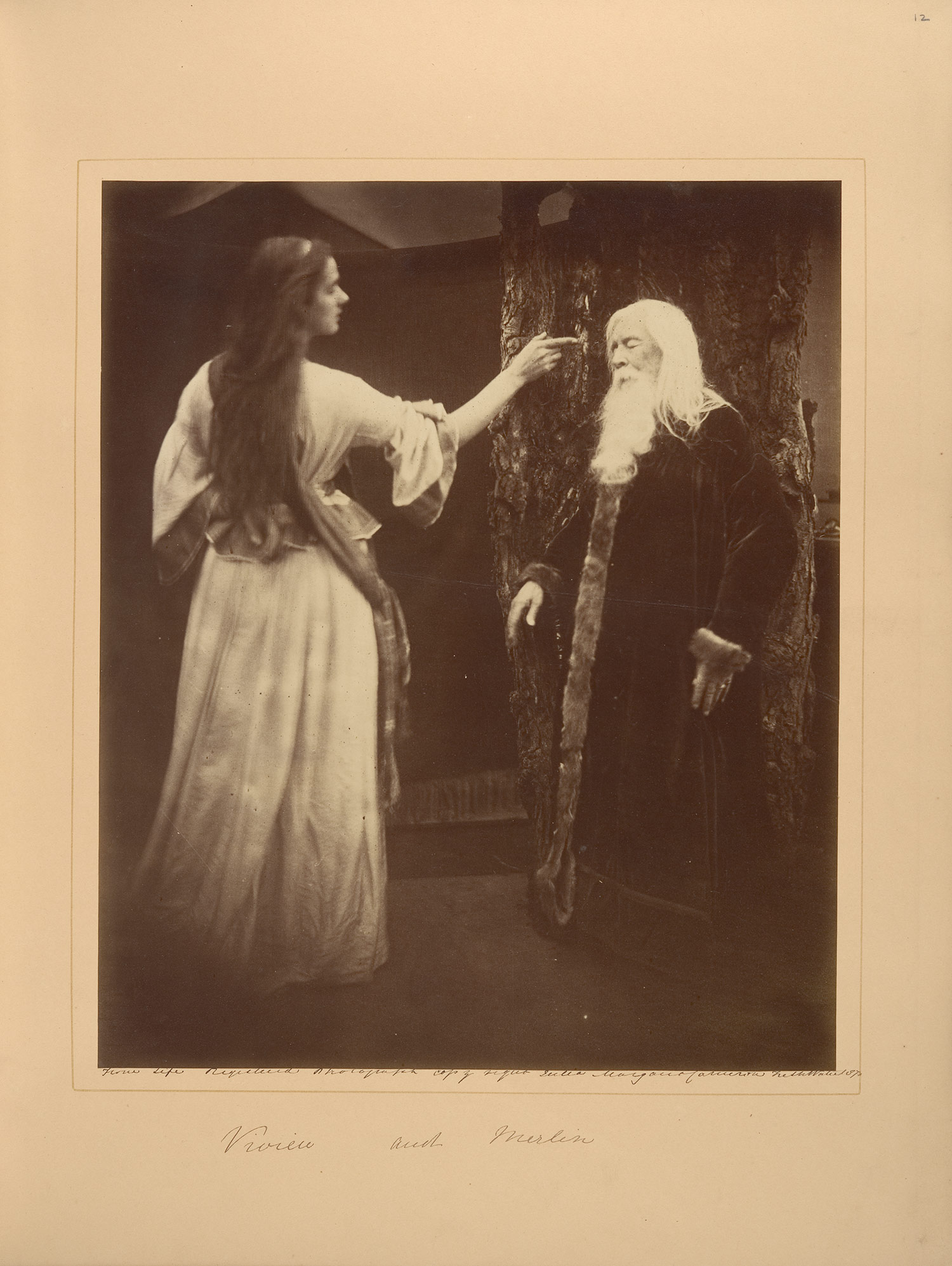Alfred Stieglitz was born in 1864 in Hoboken, New Jersey. He originally went to school for engineering in Germany then returned to New York to try to prove photography was an art form as much as painting or sculpting. Stieglitz had a different process of taking photos and he acheived his goals by taking pictures of natural elements as seen on the bottom such a snow, steam, rain, etc. By 1917 he changed his opinions about how he should take photos and thought it was more of an art form to take photos that represent modern day life like the picture shown below.
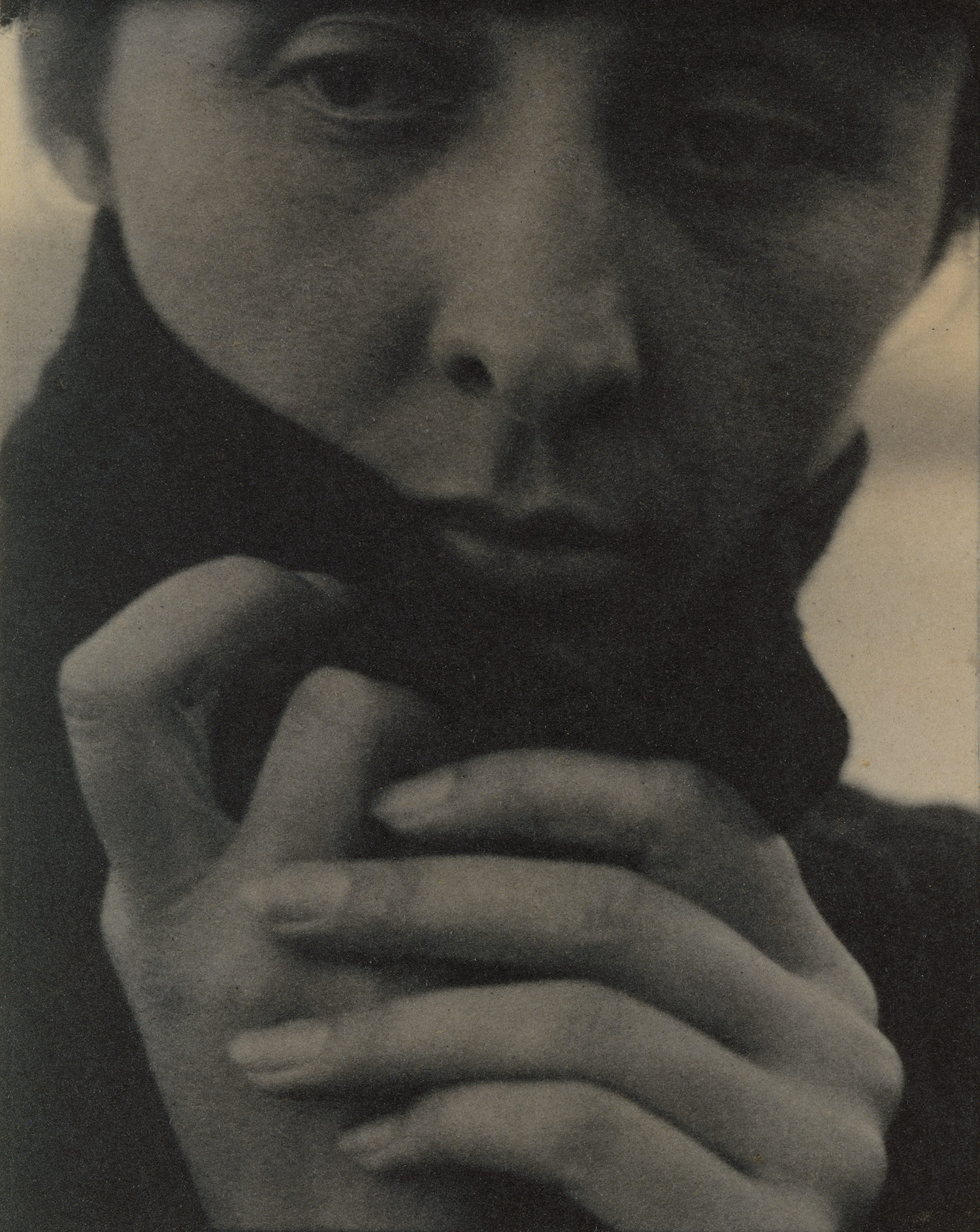
Near the end of his life he devoted his time to keeping his galleries open and took photographs less frequently. One of his final photographs was taken from the window of one of his galleries as seen below on the left and is titles "Looking Northwest from the Shelton." Stieglitz died in 1946 being remembered as a great and inspirational photographer.
